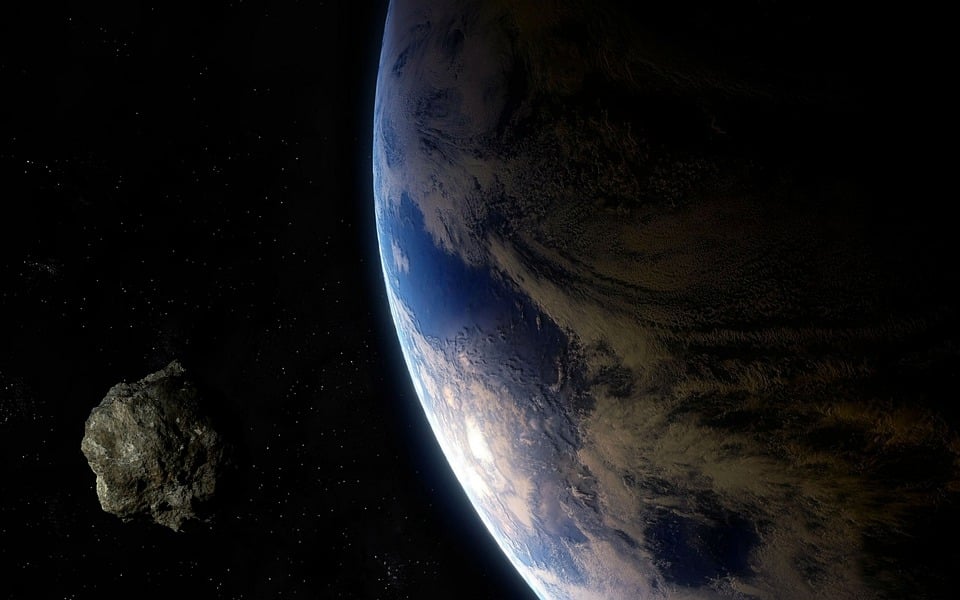An international team of astronomers has discovered an asteroid about 1.5 kilometers in size that, in the worst-case scenario, could collide with and devastate Earth in the distant future. 2022 AP7 is the giant asteroid “discovered in the past eight years that is potentially dangerous to Earth,” the Noirlab research group said.
2022 AP7 “crosses Earth’s orbit, making it a potentially hazardous asteroid,” said study lead author Scott Sheppard of the Carnegie Institution for Science. However, he said, the danger is low because the asteroid typically crosses its orbit “very far” from Earth.
The trajectory could still change.
According to the report, the threat is that, as with any asteroid, the trajectory of 2022 AP7 will slowly change due to gravitational forces, mainly from planets. Therefore, predictions over a very long period are difficult.
2022 AP7 will take five years to orbit the Sun in its current path, remaining several million kilometers from the blue planet at its closest point to Earth. The risk of a collision with Earth is hypothetical, but one “would have devastating effects on life as we know it,” Sheppard explained. Dust thrown into the atmosphere would block sunlight, cooling the planet and triggering the mass extinction.
Asteroids hid in sunlight.
According to the researchers, most asteroids of this size have already been discovered. But the 2022 AP7 hid in an area where sunlight is usually too bright for telescopes. Now, 2022 AP7 has been found along with two other near-Earth asteroids using a high-tech instrument at the Victor M. Blanco telescope in Chile, developed initially to study dark matter.
Sheppard and his team’s findings were published in The Astronomical Journal. They say the other two asteroids pose no risk to Earth, but one is the closest to the Sun ever found.
NASA rehearsed for an emergency
To deflect a dangerous asteroid past Earth in an emergency, NASA had successfully undertaken a test mission in late September: It deliberately collided a spacecraft with a harmless asteroid, altering its trajectory.
- source: krone.at/picture: https://pixabay.com/images/id-4369511/
This post has already been read 1346 times!



